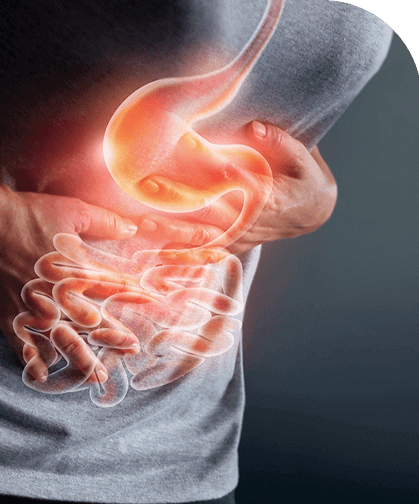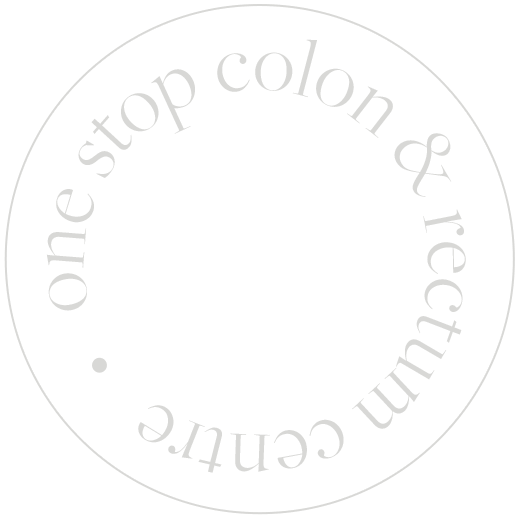
Appendicitis
What is the
Appendix?
The appendix is a tubular structure at the lower end of the caecum, situated at the beginning of the colon, just
below where the small intestines enter the colon. In most people, it lies in the lower right side of the abdomen.
Appendicitis occurs when there is infection or inflammation of the appendix. This is believed to be due to
blockage of lumen of the appendix, usually by a lump of hard stools (called faecolith). The mucus produced by the
lining of the appendix then becomes trapped and the appendix then becomes swollen. The pressure affects the blood
flowing in the wall of the appendix, and eventually causes it to break and the appendix to burst open, releasing all
the infected material.
If there is still no treatment, the infection usually accumulates around the area and causes a large abscess.
In some cases, the body is unable to contain the abscess and the pus spreads throughout the entire abdominal cavity,
causing severe infection and possibly even death.

Symptoms
Although most people think of pain from appendicitis in the lower right side of the abdomen, the pain from appendicitis usually starts around the umbilicus or even above it. The pain then moves to the lower right abdomen. There may also be other symptoms such as nausea, vomiting and fever. There is usually pain when pressing on the abdomen over the area of the appendix, and the muscles will be felt to be tense. Sudden release of the pressure of pressing can also cause pain.
Tests for appendicitis
Physical examination by palpating and having pain in the
abdomen only confirms the presence of inflammation and/or infection in the lining of the abdominal cavity below
the area being pressed. It does not indicate the source of the inflammation or infection.
The most accurate test is a CT scan. Other tests such as blood tests have been reported to have accuracy as low as
50%.
Treatment
Almost all cases of appendicitis require the appendix surgery to be removed. There are a few ways to do this:
- Open surgery – This is the traditional way in which a cut is made across the lower right side of the abdomen and the appendix is removed through the cut. The cut is usually at least 4-5 cm long and can be even longer if there is severe infection around the appendix.
- Laparoscopic (Keyhole) Surgery– This is quite common nowadays. A cut is made at the umbilicus and a camera is inserted. Two small 5mm cuts are made further below to put in the instruments to free up the appendix and cut it off. The appendix is then removed through the cut at the umbilicus.
- Single Port Surgery – This is a variation of laparoscopic surgery in which a special device is inserted at the umbilicus. All the instruments are placed through the device, thus avoiding the other 2 small 5mm cuts. The surgery is performed in exactly the same way as the standard laparoscopic surgery.
Most patients are discharged within 1-2 days after surgery. However, those with severe infection or abscess from an appendix that has perforated may need to stay longer until the infection is resolved. Hence, it is important to seek treatment early when symptoms of pain arise.
After Surgery
Most patients can start on drinking liquids after the surgery. They can start on diet the next day and be discharged thereafter.
Our Other Services

Our Colorectal Surgeon

Better Care.
Constant Support.
Kindly fill up the form below and we will get back to you as soon as possible.

Colorectal Surgeon
Mount Elizabeth Medical Centre
#12-09, Singapore 228510
| Tel | : (+65) 6737 2778 |
| Fax | : (+65) 6737 2389 |
| : hokoksuncolorectal@gmail.com |
| Mon - Fri | : 9am - 1pm, 2pm - 5pm |
| Sat | : 9am - 1pm |
| Closed | : Sunday, Public Holiday |
